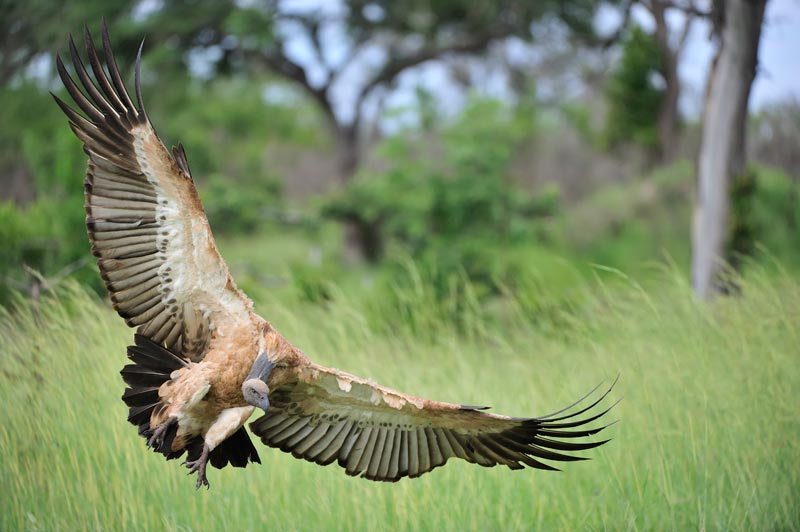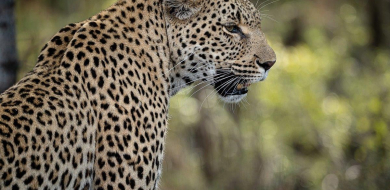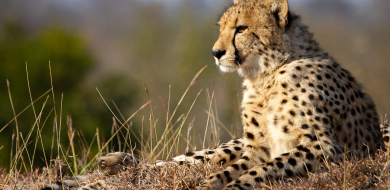Vulture Approach
on Dec 18, 2014Nature and the African bush can be harsh. This is no place for mistakes as it may cost you your life. One morning I was woken early by the rangers as they had found a dead rhino.
I raced to the scene and on arriving soon realized that this had been a rhino in the wrong place at the wrong time. The rhino bull had obviously been wallowing in a small muddy pan when a very large and aggressive elephant bull arrived.
The elephant was clearly in musth and had a temper, and just because of that the rhino paid with his life. It is sad to us, but this is the reality of the wild.

The carcass attracted a lot of vultures and hyenas, which, in just 3 days, pretty much got rid of all of the rhino. I managed to spend one whole afternoon there. I wanted to get a really good picture of vultures in flight. There were plenty of the birds but among them I noticed 3 Cape Vultures, a species that is highly threatened and rare. I knew that I would need speed to make sure the vulture would be in sharp focus, but more importantly, I would need to set myself up in a position for the birds to be flying straight at me when approaching. One does this by taking note of the wind direction. Large birds, like airplanes, will always fly into the wind when landing. So I had to make sure that the wind would be over my shoulder. This proved a bit of a problem because the background was a little busy, however I decided to make this part of the shot.
I would use a very shallow depth of field, F4, putting the background out of focus while still making sure the birds were sharp. I used my 200-400 F4 lens, which was light enough to hand-hold so that I could track the birds in. I set the zoom to 300 so that I would not chop the wings off as the bird approached. I then set the speed to 1/2500 - nice and fast. The ISO was only on 800 as I had lots of light, with the sun low in the sky and shining under the birds' wings. Putting my focus sensor in the middle of the screen I would track the birds with the auto focus until they landed, firing off burst of pictures as soon as they began to stall. Notice that I tried to keep to the rule of thirds in the photograph. In doing so the bird is flying into the frame and the background looks natural.
Happy snapping,
Rod Wyndham






